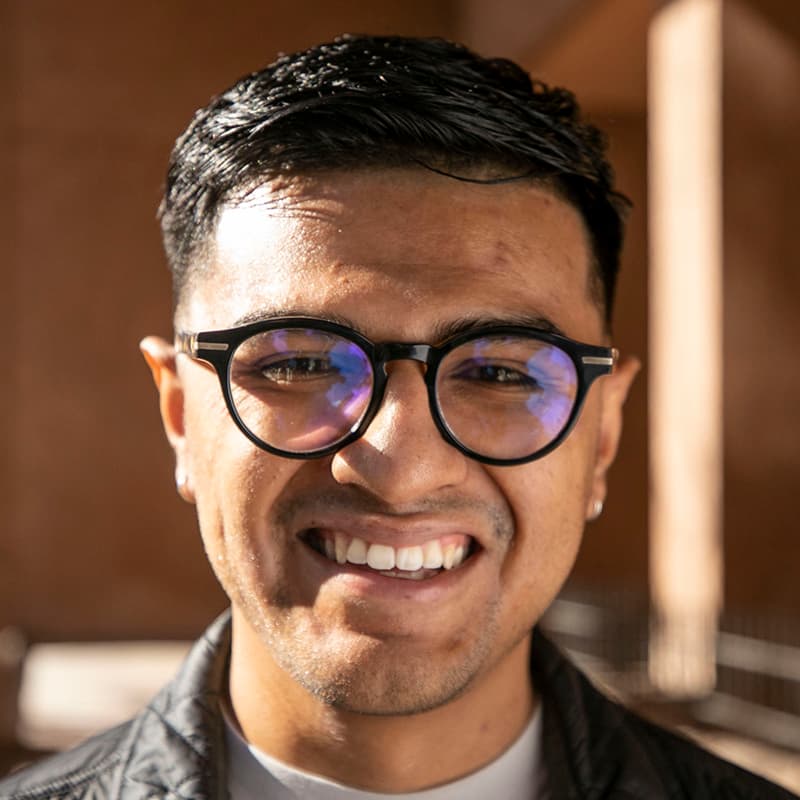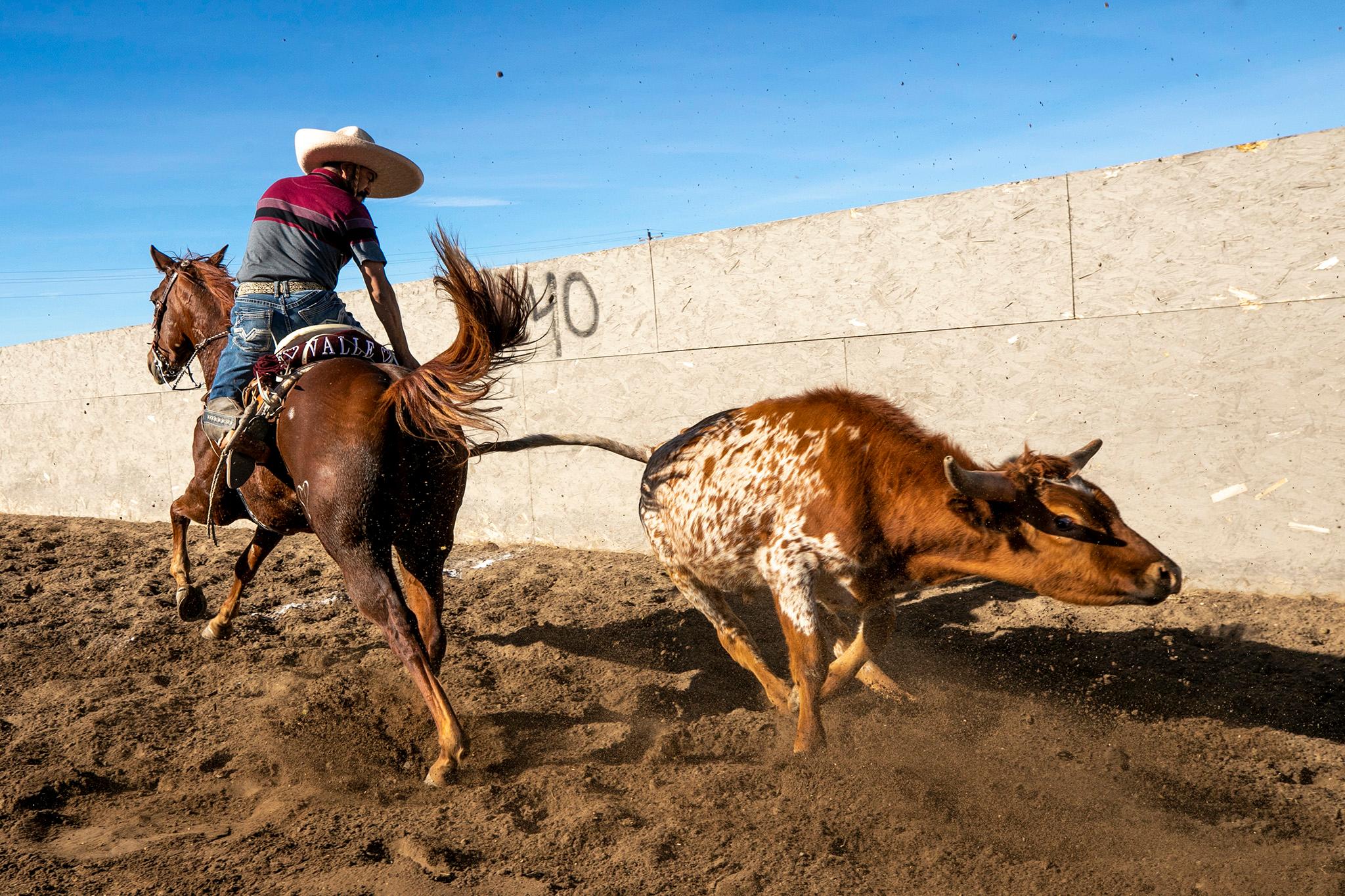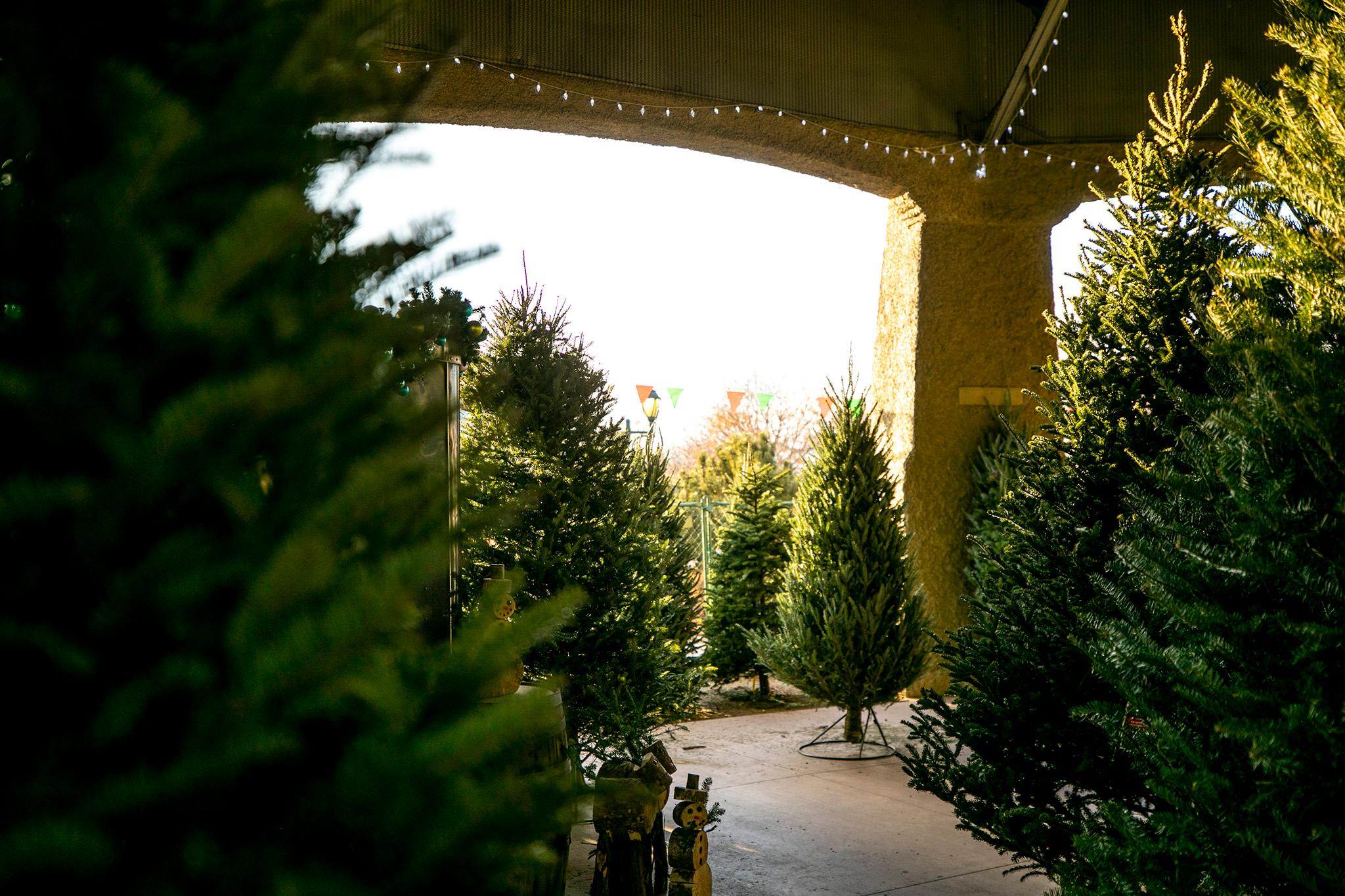Fitted in a blue buttoned-down shirt and a cream-colored sombrero, 17-year-old Carlos Miranda guides his horse nicknamed "El Chapo" up to a gate that will soon fling wide open.
Men on horseback tease the young charro as his horse trots into position. Friends and family look on from the beds of their trucks, sipping from cans of Modelo on a sunny Saturday afternoon in Strasburg, Colorado.
For Miranda, getting to the gate -- not the high-speed chase he's about to embark on -- is the most nerve-wracking moment of this sport. All eyes are on him. Chapo's eyes, though, are locked onto the anxious steer.
The gate swings open. Dirt leaps in all directions as the horse's hooves pound the ground. As Chapo reaches a heavy gallop, Miranda leans over the side of the horse, his wide-brimmed hat now perpendicular to the dirt. Clasping the little bull's tail with his right hand, Miranda kicks Chapo into top speed, spinning the brown bullock, hoping it will topple into the ground.
"[My dad] told me if I wanted to do it I had to learn myself," Miranda said. "So I did."

This is a Coleadero, also known as steer-tailing. It's one of many events within the sport of Charrería, Mexico's national equestrian sport and rodeo-esque gathering that involves livestock herding and bull riding.
At this Strasburg tournament, each rider gets three opportunities to score points, vying for the pot of money that goes out to the day's winner.
Like other young competitors in Denver and the small towns around it, Miranda studies videos online or learns from his peers who also love the sport and escape the city for a Charro's life.
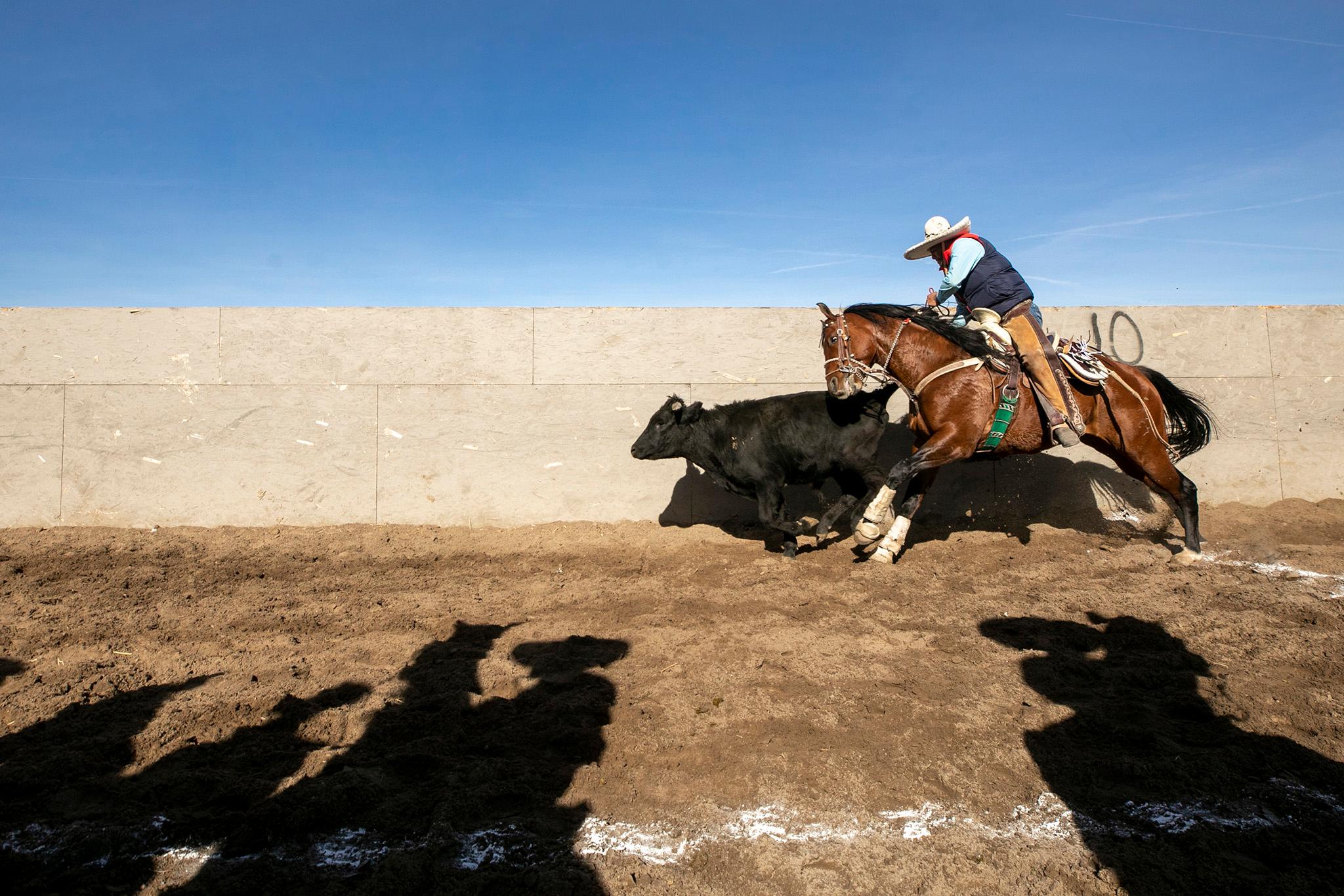
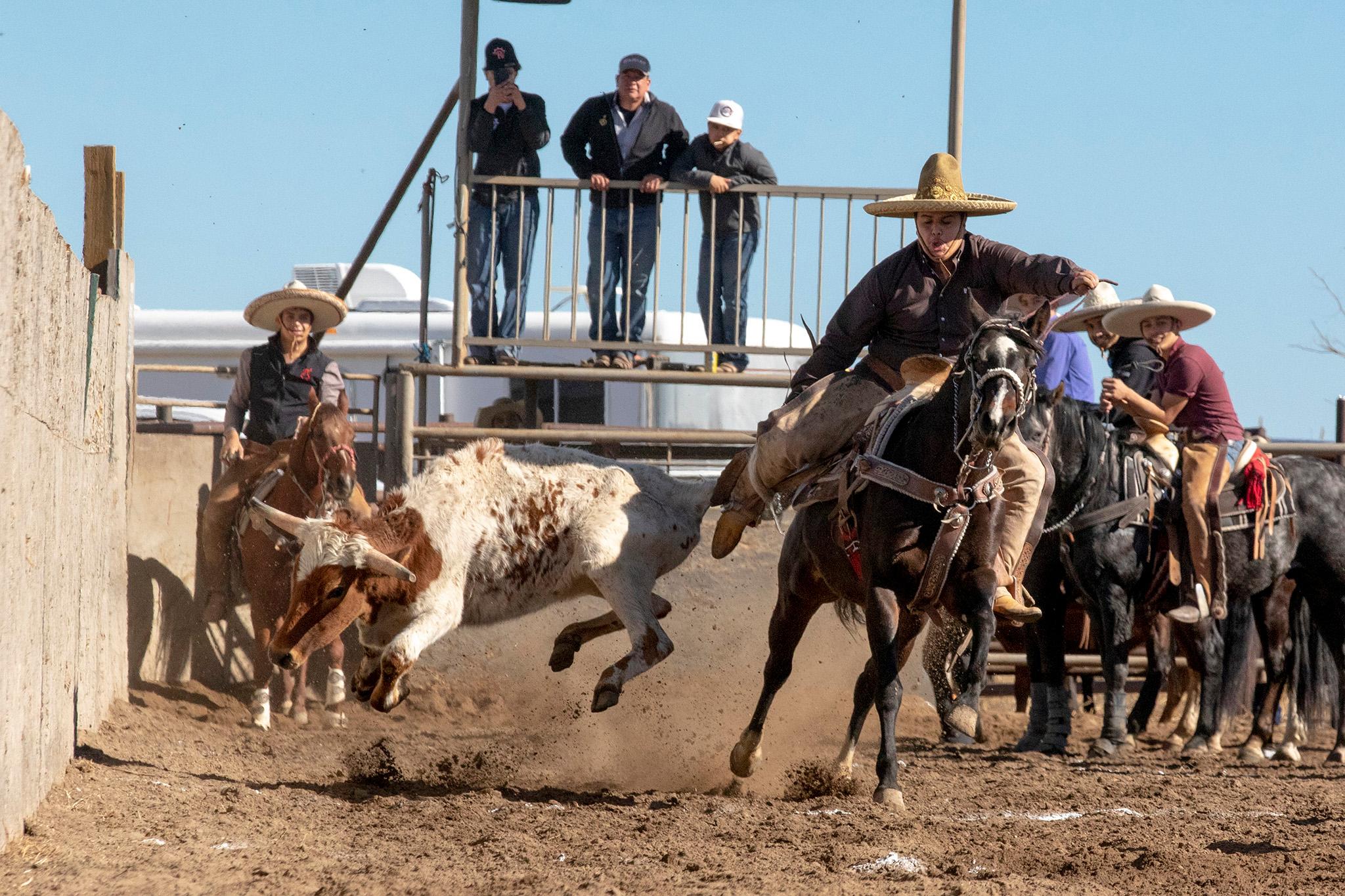
"We call ourselves charros. That's what we are," Miranda said. "Cowboys are like what white people do. They wear the straw hats and felts. We wear a big sombrero. It's a culture from Mexico, it's what we grew up with. It's just different."
Charrería is a traditional practice of livestock herding communities in Mexico. Charros have a deep history in America's cowboy culture, credited with teaching those who settled in the U.S. West about ranching alongside other Indigenous horsemen in the region.
Originally used to manage livestock, they are now often carried out among various categories in events known as Charreadas. Events include livestock herding, roping and reining in wild mares and bulls. El coleadero is an event that has caught the attention of local animal rights groups in the past who oppose the practice because it can cause serious injuries to horses and cattle.
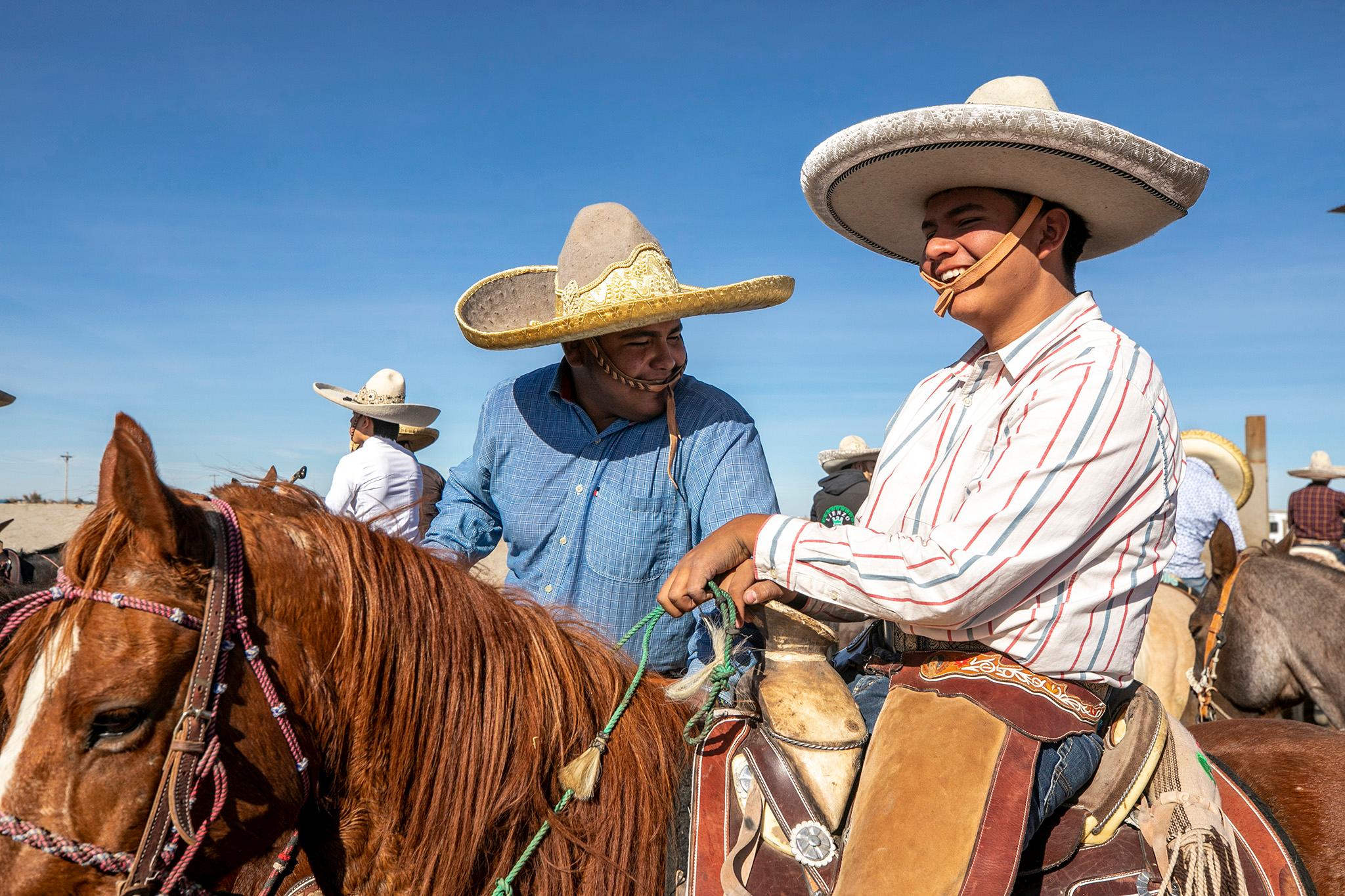
Before the competition, Miranda and his friends Noel Hernandez, 15, and Erick Simental, 17, get ready in the parking lot.
They slip on their chaps, adjust metal spurs onto the back of worn out boots and dust off their wide-brimmed hats. Miranda's sombrero was a gift from a friend who no longer had use for it. Hernandez said he paid $1,200 for his.
"Just keep it going from our Hispanic tradition. This is what we love," Hernandez said. "My family is in Denver right now. I usually come alone to these."
Hernandez had not planned on competing today, but enough friendly jeers from his peers and a reporter microphone was enough to convince him to give his father a call, asking for permission to trip steers.
"You got to work with the horse and you got to know how to work the horse," Hernandez said. "The challenge for me is to look for a fast and calm horse just to enter for fun."
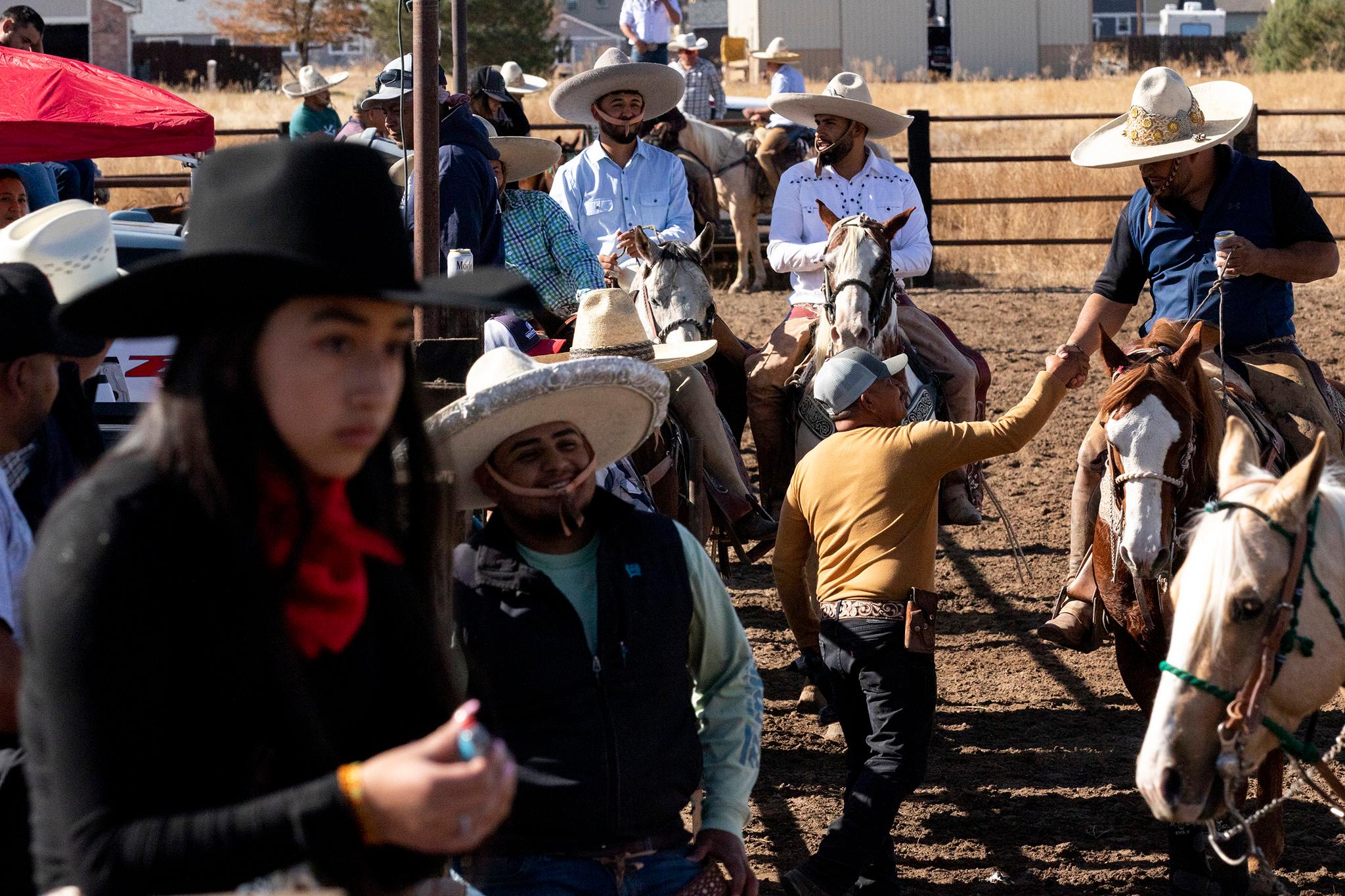

Most people at this Strasburg ranch know each other from previous competitions, Miranda said. It's not uncommon for a rider to borrow a horse from someone; oftentimes that means agreeing to split the winnings with the horse's owner.
"Ahorita le conseguimos caballo," Simental said. "Right now we'll find him a horse."
As the group walked around the lienzo, the arena used to host events like this one, Jiro Herrera, 15, trots towards them atop his brown horse. He's from Aurora, a student at William Smith High School and a regular competitor who has learned from his father and older brother.
"This horse is special because people have won many competitions with this horse," Herrera said. Nicknamed 'El Pinto,' it's just one of many that Herrera's family keep in their stables. "It's like any other sport, you get that adrenaline and it's the love that you have for the sport."
Miranda said that many families live outside of the city so that they can own horses. His father owns seven.
"My dad's had horses since I was born," Miranda said. "If you have a horse, you're basically never lonely."
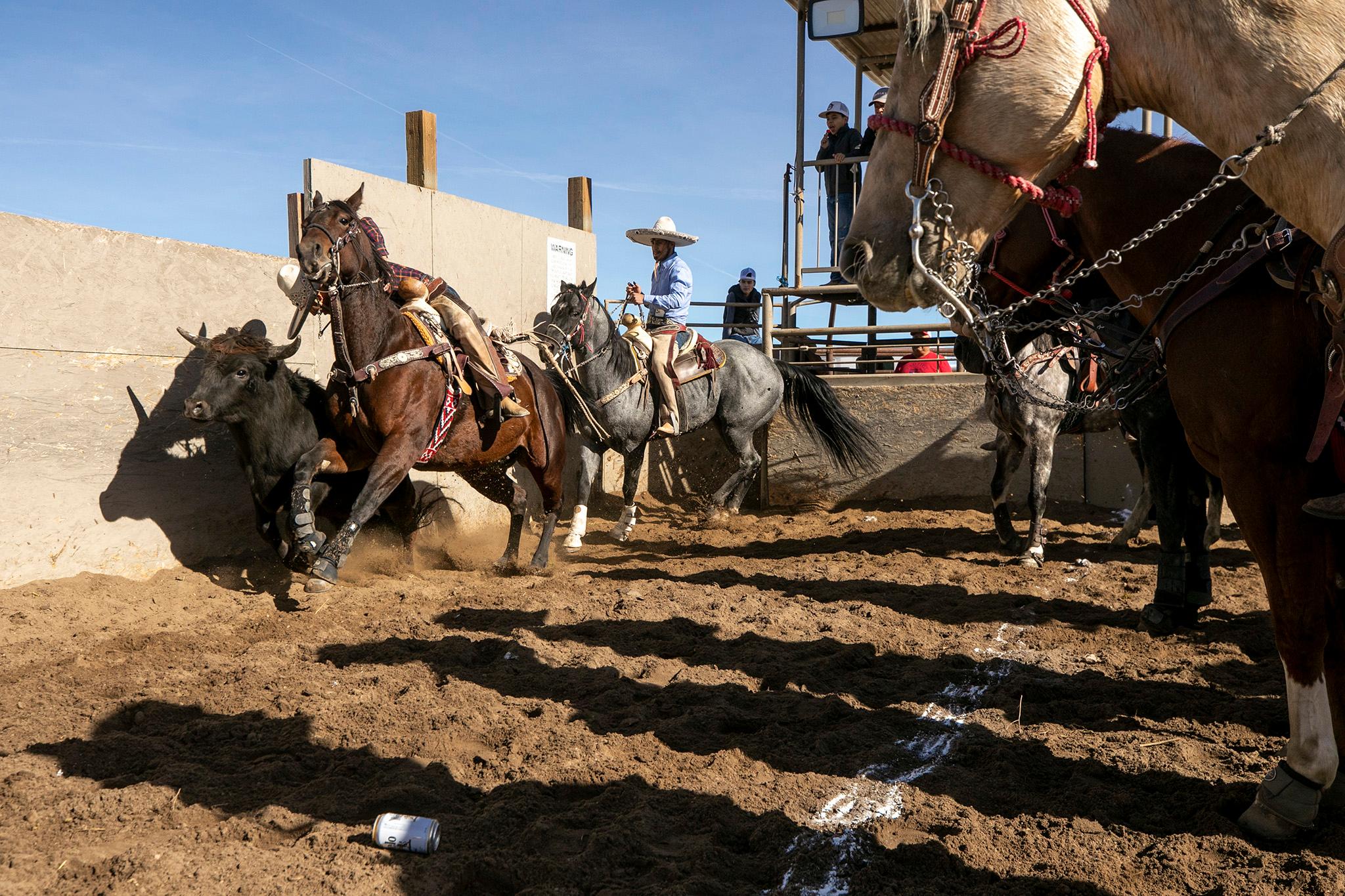
Miranda has loved horses since he was younger.
They mattered to him so much that, when Miranda's father would occasionally threaten to sell his favorite horse, a seven-year-old mare named La Choleinca. The fear of seeing her sold off kept him from misbehaving at his mother's house.
Sadly for Miranda, the horse and four others were killed in an early morning fire in 2014 that also damaged three buildings.
"That's the horse I mainly loved," Miranda said.
Over the years, Miranda has bonded with other horses and the sport of Charrería has proved an escape for a young boy who's struggled to find his place in school.
Miranda's words have often gotten him into trouble. School suspensions were common. The eldest of two, Miranda's behavior stood out in comparison to his calm, younger brother.
"They didn't understand me," Miranda says of his teachers in Denver's Mar Lee neighborhood. "I trust a horse more than I trust a person."
Miranda says there's a social capital that comes from being a teenage Charro: the girls he and his friends know are into the boys who embrace the sport.
"You just have fun, you hang out with friends. And if you win, you get money off of it," Simental said.
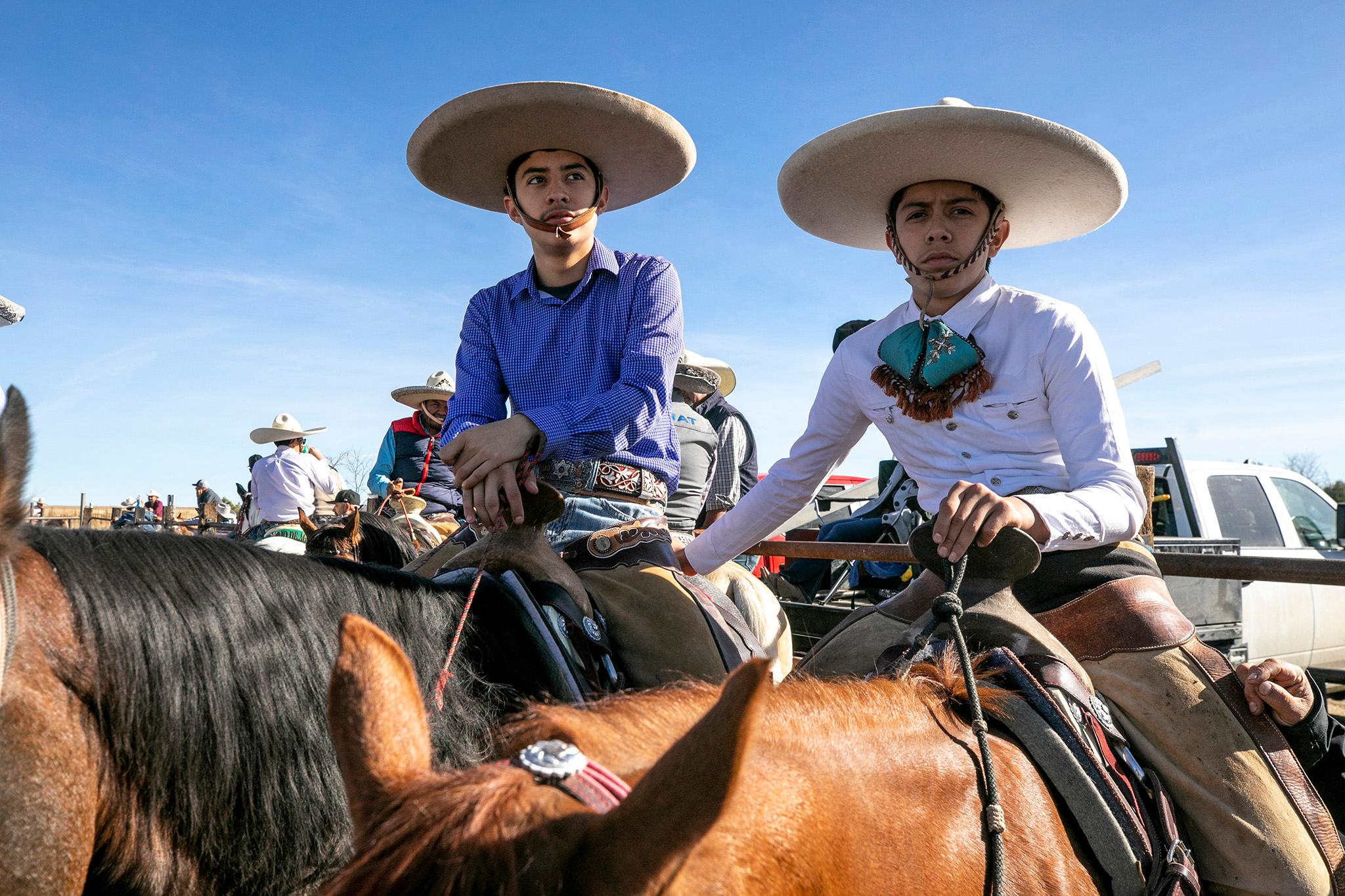
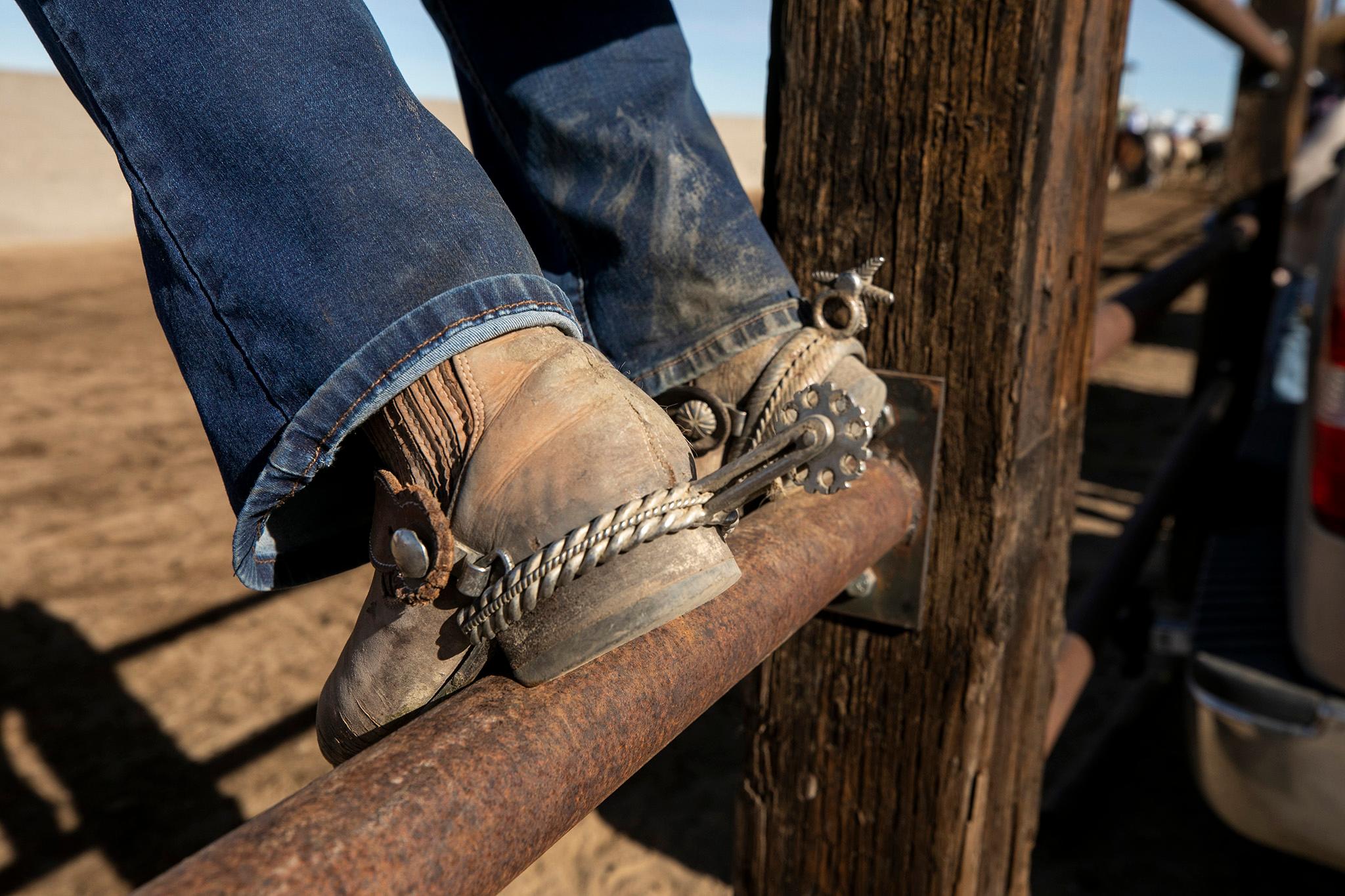
Miranda previously attended Lincoln Park's Colorado High School Charter, but he decided to drop out last semester and now does concrete work with his father.
He dropped out because he "needed money and school wasn't it no more," Miranda said. He admits that his parents weren't too happy about his decision to leave school, but that they understood. Wages from his manual labor job covered the $300 entrance fee for today's competition.
"If I want to compete, I have to pay for it. I have to work for it," Miranda said.
Juan Fuentes, who previously taught Miranda and spent time photographing people in Bennett, learning about the prevalence of charro culture in Colorado's outskirts was particularly eye-opening because of the youth's investment in the culture.
"This younger generation is also pushing that culture forward, that to me is one of the most fascinating aspects of it," Fuentes said.
Fuente's photos are currently on display at MCA Denver's Cowboy exhibition.
"To witness this whole generation of kids that are U.S. citizens...and all they really know is what their parents have instilled in them, very rooted in these traditional cowboy ways through this Mexican experience."
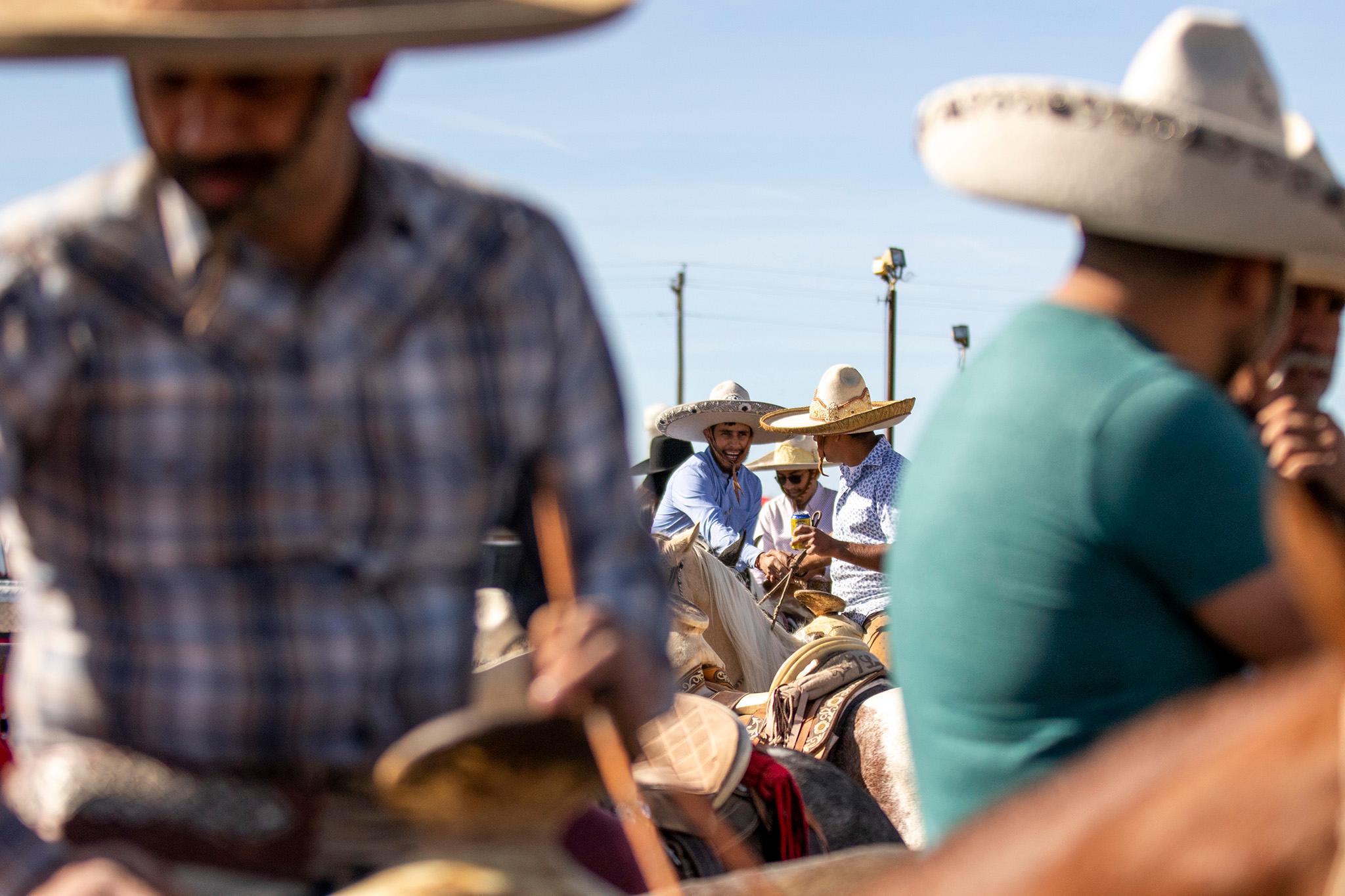
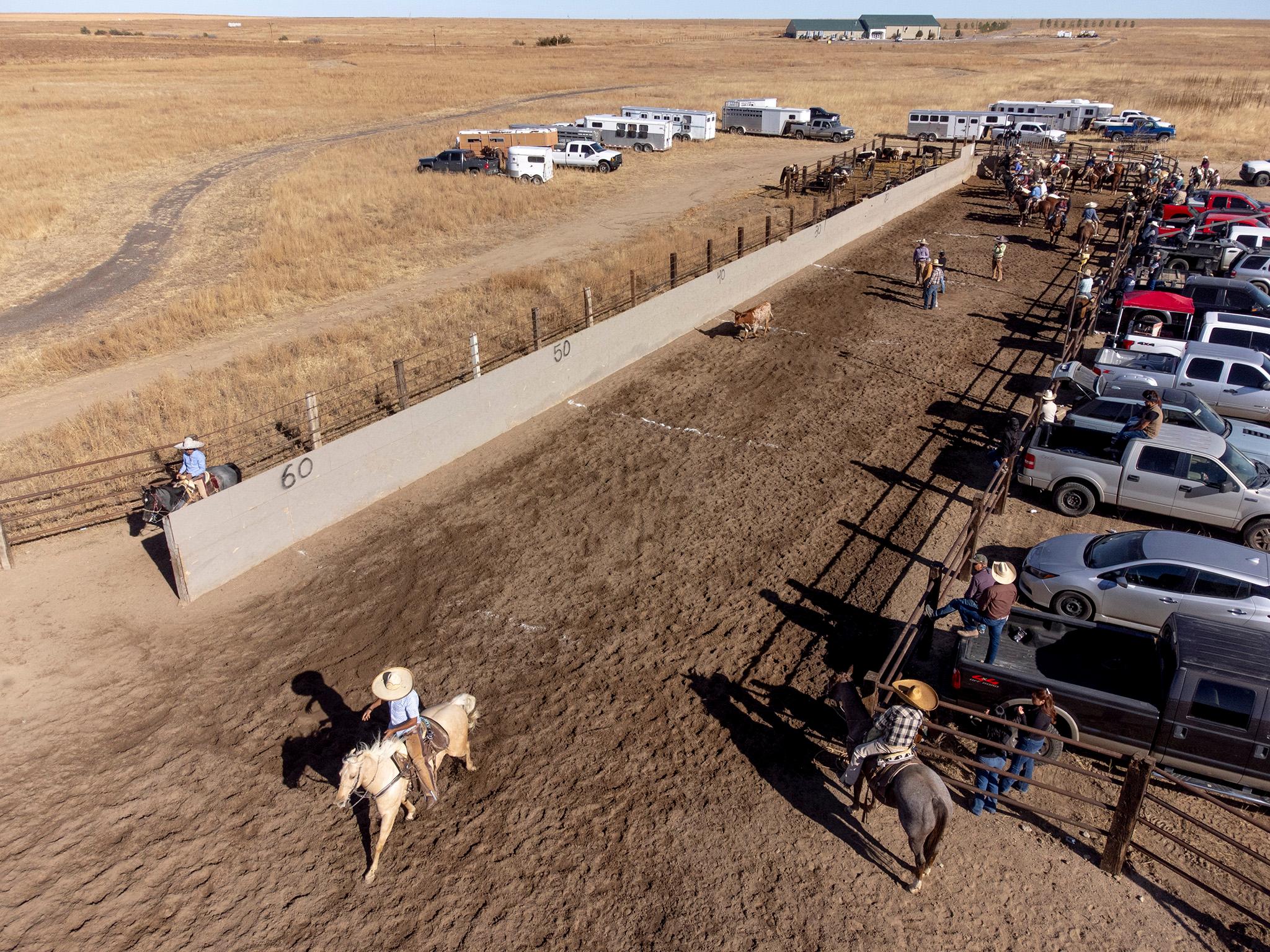
More than 30 youth riders had signed up to compete the day we met up with Miranda in Strasburg.
For organizer Alfonso Bonilla Ortiz this is not a huge number compared to other events across the state.
"This is nothing more than like a practice but there are larger competitions where there are even up to 100 charros," Ortiz said.
The winning rider can expect to take home 70% of the pot, while the remaining 30% is for the organizer.
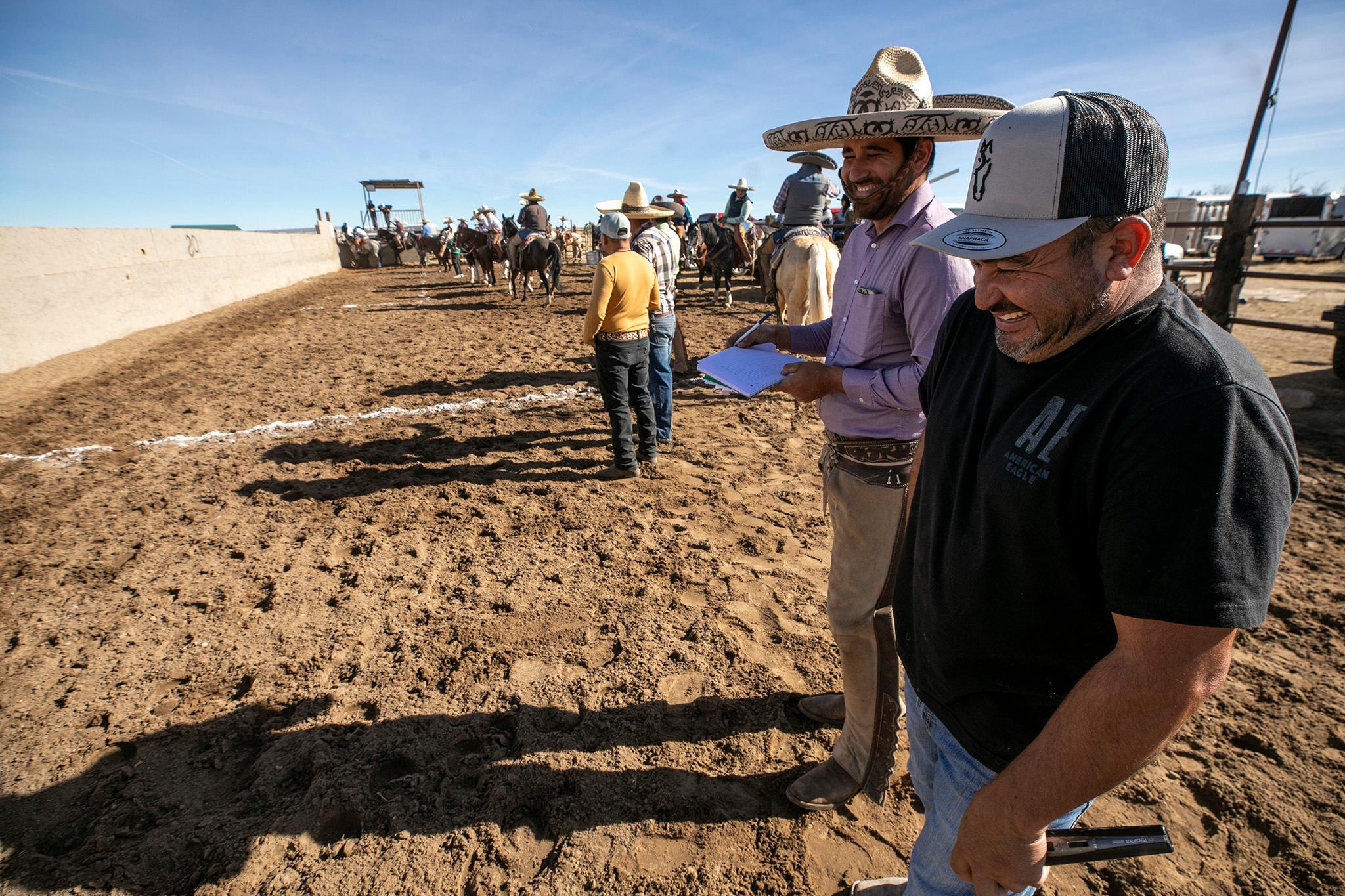
"These events, many years before when they began in Mexico, were work events. They were not competitions where people won prizes," Ortiz said. "Now this is rewarded. All the events I do are done for help, it is not lucrative for me."
Ortiz said he loves seeing new faces at these events and providing spaces like these for younger riders to stay out of trouble and among their community.
"I think it's nice because being in the middle of these [events] or being involved among the horses, the cattle, la gente campirana, es algo muy bonito," Ortiz said. "Let's hope that this helps keep the kids more united, that they make more friendships, more people they know above all."

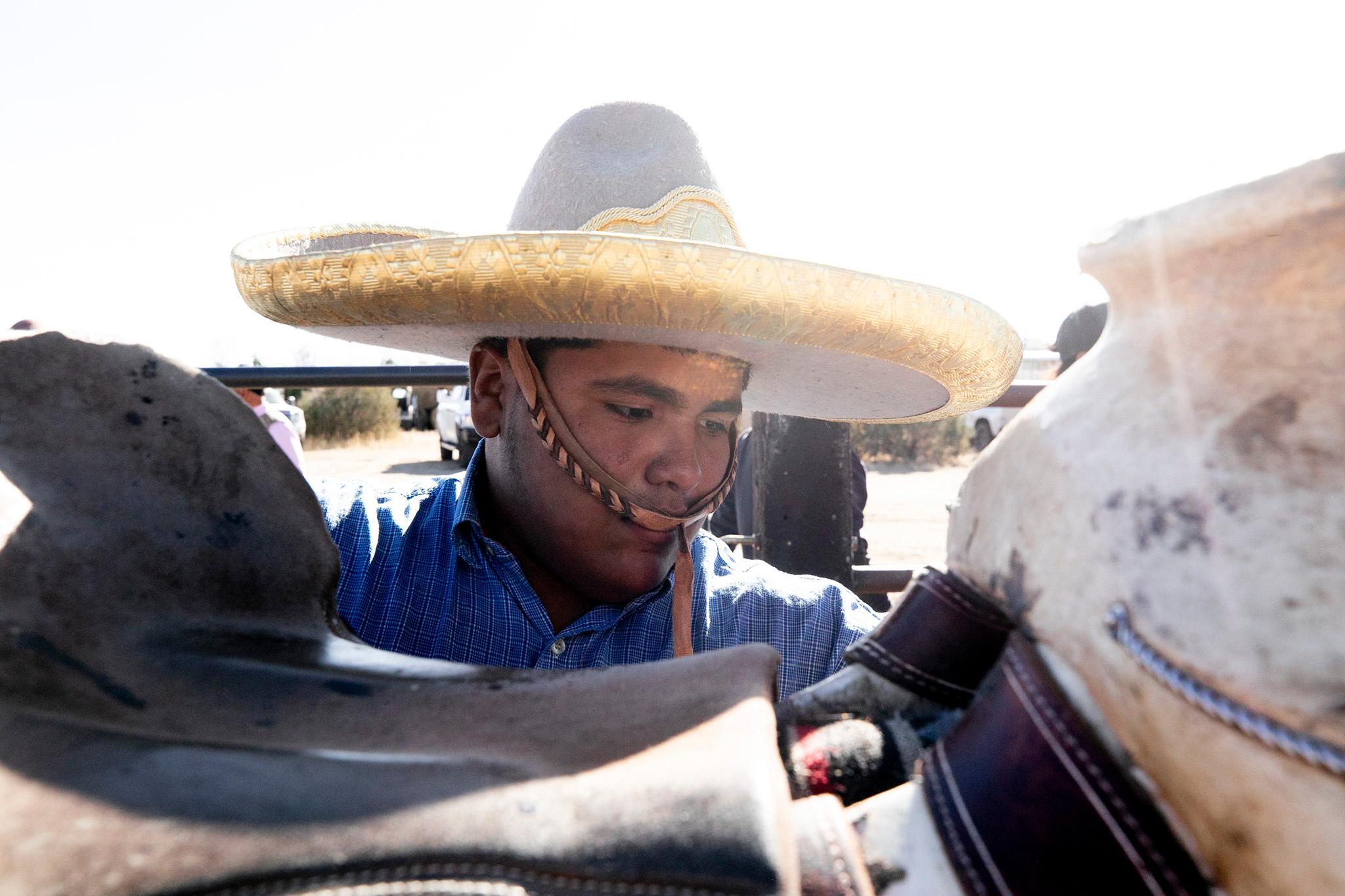
On this day, Miranda came up short with a total score of 28 points. Hernandez scored 32, taking home first place.
Banda music continued to belt from a pair of loudspeakers as friends and family basked in the company of tacos de asada, empty beer cans and noble broncos. A life Miranda envisions for himself for years to come.
"Keep the [concrete] company going, hopefully get big and buy me my own ranch, horses and all that," Miranda said.
